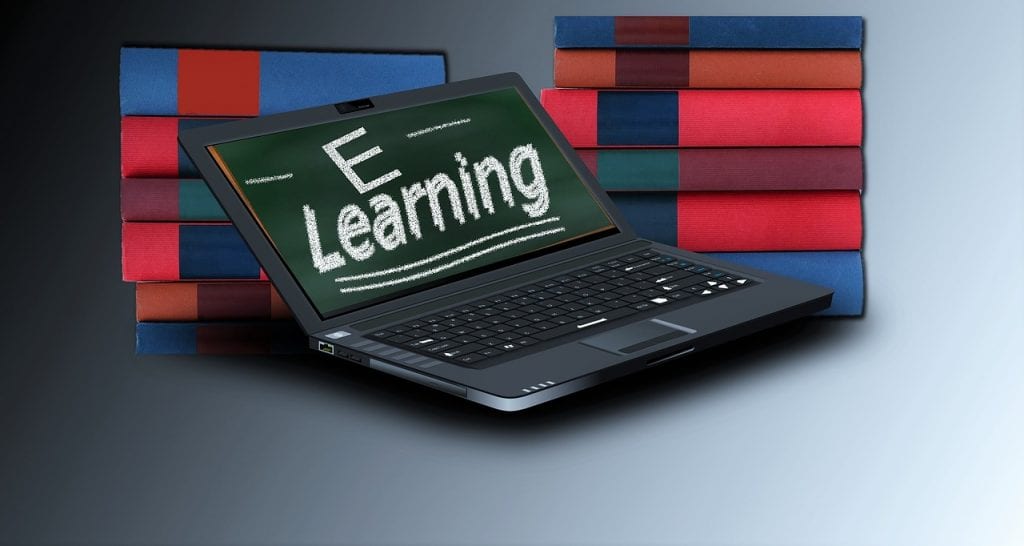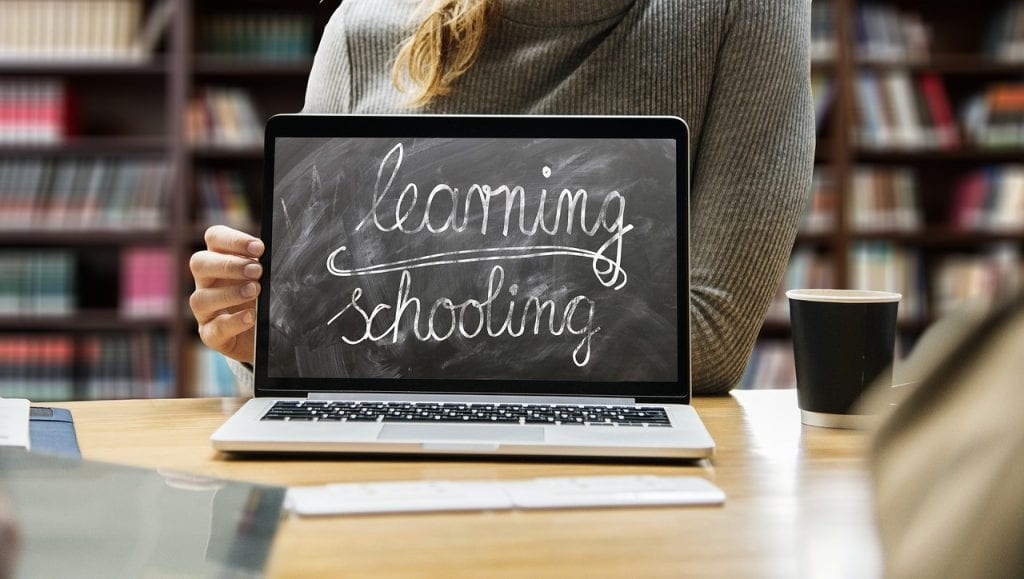Module 2 focused on how digital tools can be used to enhance teaching and learning, how digital tools relate to literature in the classroom, and the challenges around practically implementing them.
2.1 discussed the importance of using digital tools to their full potential in the classroom, instead of as a ‘busy’ tool to keep student occupied. How are we using the technology in our classrooms? In order to be most effective with digital tools, we need to position students as knowledge builders and producers, providing collaborative opportunities to engage students.
Serafini & Youngs’ (2013) discuss new skills required by digital readers, how digital reading can be incorporated into curriculum, and the effect of changing modes of texts. The ideas about using book websites and social networking opportunities to connect with likeminded readers can be applied to a classroom/school. In addition, the use of digital tools to create responses to literature is also valid. I think it is necessary to identify digital tools which can enhance an already embedded literature experience. For example, book reviews or book talks can be transferred to digital sites, comprehension responses can become digital. But we should also be looking to expand student experiences and incorporate tasks which can only be done in a digital format, to do this I think we need to think outside the box for tasks which allow students to show understanding as well as engaging with new texts or formats. Even incorporating a digital text as a class novel could provide a platform for students to explore something different.
2.2 looks at challenges in reading and responding to digital texts. There is the suggestion that comprehension and retention of information can be lacking through this format. Opportunities need to be provided for student to think deeper about the information they find, and to make meaning through collaborative activities. Walker, Jameson & Ryan (2010) highlight the need for students to have skills to transfer information between contexts and to locate relevant information. This section indicates to me the necessity of information and digital literacy skills teaching. These skills are necessary so students can identify what they need to know, how to find it, where to find it, how to evaluate it, and skills to create digitally and be literate/comprehend online. These are key areas within 21st century skills which student of today need to be developing.
2.3 looks at practical uses for digital tools in the classroom. Mills and Levido (2011) identify iPed as a pedagogy for incorporating digital tools and application into curriculum and task development. I think this methodology provides a good basis for integration of digital tasks and tools. Link – to students lives. Challenge – authenticity and authority of digital sources, reflect critically on assumptions made in own created products. Co-create – collaboration and sharing of knowledge to create a product. Share – with a community for feedback and recognition. By following iPed you can be sure that connections are being made between content and creation, and students are developing a variety of skills. I would like to integrate digital storytelling, following iPed would a good way to do this.
I would like to identify specific tasks for reading comprehension and creation which can only be completed with digital tools. This will ensure that the tool is adding to the learning task, and that curriculum goals are still being met. In addition, I would like to use iPed as the basis of a digital storytelling activity.
References
Mills, K. & Levido, A. (2011). iPed: Pedagogy for digital text production. The Reading Teacher, 65(1), 80-91. doi: 10.1598/RT.65.1.11
Serafini, F. & Youngs, S. (2013). Reading workshop 2.0: Children’s literature in the digital age. The Reading Teacher, 66(5), 401-404. doi: 10.1002/TRTR.1141
Walker, S., Jameson, J., & Ryan, M. (2010). Skills and strategies for e-learning in a participatory culture. In R. Sharpe, H. Beetham, & S. Freitas (Eds.), Rethinking learning for a digital age: How learners are shaping their own experiences (pp.212-224). New York, NY: Routledge. Retrieved from ProQuest Ebook Central.



